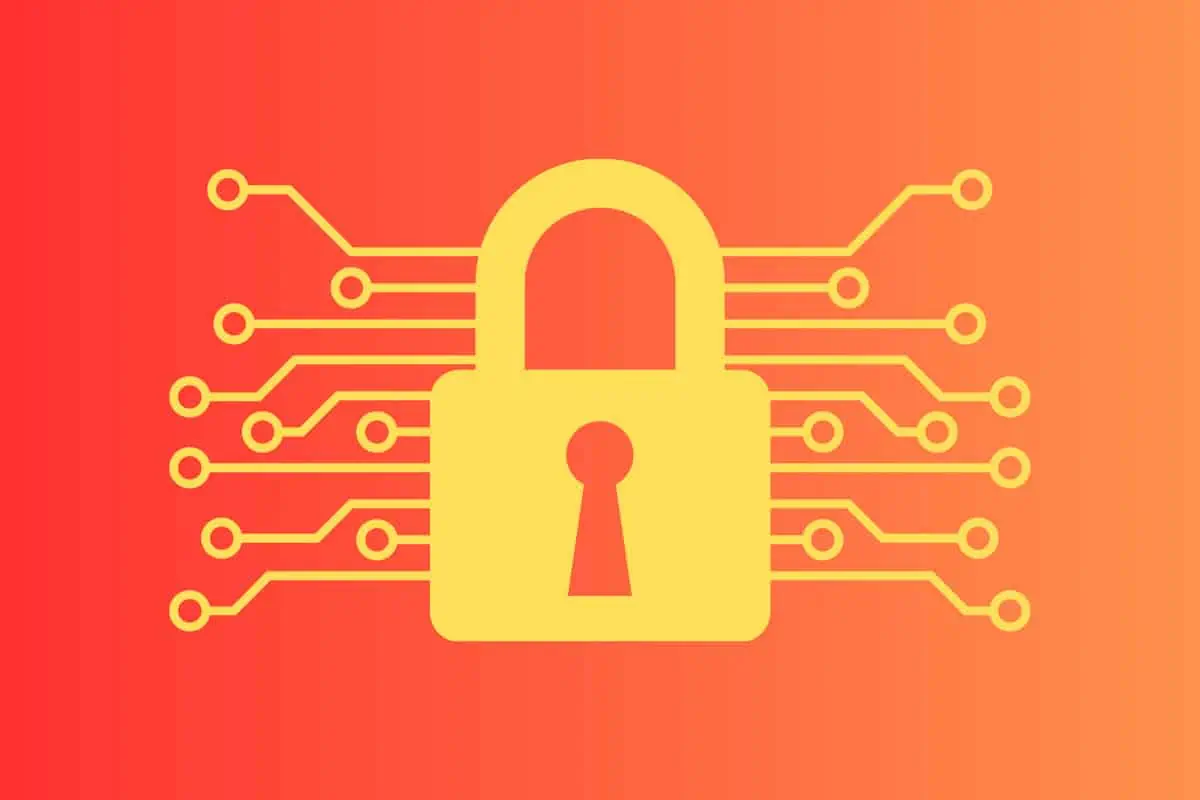Apple has released its first public iPhone Rapid Security Response update. Here’s what you need to know about the feature.
Apple has now released its first iPhone Rapid Security Response update. The update is for iPhone owners running iOS 16.4.1.
But how is the iPhone Rapid Security Response update different than a regular iPhone software update? And how do you install it? Here’s what you need to know…

iPhone Rapid Security Response: What Is It?
Rapid Security Responses are a specific type of software update for iOS, iPadOS, and macOS – in other words, for iPhone, iPad, and Mac.
Rapid Security Response updates are a new “light” version of software updates that generally only focus on security updates – and not feature updates or bug fixes (beyond those bug fixes being related to security issues, if course).
The advantage of Rapid Security Response updates is that they are relatively small file sizes (tens of megabytes instead of gigabytes), which means that can be downloaded and installed quickly. The other benefit, of course, is that Apple can discover and patch a security flaw quickly without having to wait to roll out the security fix in a dedicated regular software update.
Apple describes Rapid Security Response like this:
“Rapid Security Responses are a new type of software release for iPhone, iPad, and Mac. They deliver important security improvements between software updates — for example, improvements to the Safari web browser, the WebKit framework stack, or other critical system libraries. They may also be used to mitigate some security issues more quickly, such as issues that might have been exploited or reported to exist ‘in the wild.’”
Apple
In order to receive a Rapid Security Response update your iPhone will need to be running iOS 16.4.1 or later, and your iPad will need to be running iPadOS 16.4.1 or later, and your Mac will need to be running macOS 13.3.1 or later.
iPhone Rapid Security Response: How To Enable Rapid Security Response Updates
By default, your iPhone should probably be set up to check for Rapid Security Response updates automatically. However, you can check if it is – and turn Rapid Security Response updates on – by doing the following:
- Open the Settings app.
- Tap General.
- Tap Software Update.
- Tap Automatic Updates.
- Toggle the switch next to Security Responses & System Files to ON (green).
iPhone Rapid Security Response: How To Check For A Rapid Security Response Update
Checking for a Rapid Security Response update on the iPhone is very easy. You check for it just like you would check for a regular software update on the iPhone:
- Open the Settings app.
- Tap General
- Tap Software Update.
If you have a Rapid Security Response update it will appear on the Software Update screen above.
iPhone Rapid Security Response: Installing Rapid Security Response Updates
If you check for and do have a Rapid Security Response update, it’s easy to install it. Here’s how:
- Open the Settings app.
- Tap General
- Tap Software Update.
- If you see that a Rapid Security Response update is available, tap the Download and Install button below it.
The Rapid Security Response update will now download and your iPhone will restart during the installation process. The good news about Rapid Security Response updates is that they are relatively small file sizes that can be downloaded quickly and they can usually be installed just as quickly, which means your iPhone will be unusable for only a brief period of time when compared to major iOS software updates.
After you install a Rapid Security Response update on your iPhone your iOS version number on the iPhone will now have a letter behind it.
For example, before the first Rapid Security Response update, an iPhone user would see “iOS 16.4.1” as the version installed on their device when they checked under Software Update. But after the first Rapid Security Response update, iPhone owners now saw “iOS 16.4.1 (a)” as the version they had installed.
As Apple notes in its support document: “When a Rapid Security Response has been applied, a letter appears after the software version number, as in this example: macOS 13.3.1 (a).”

